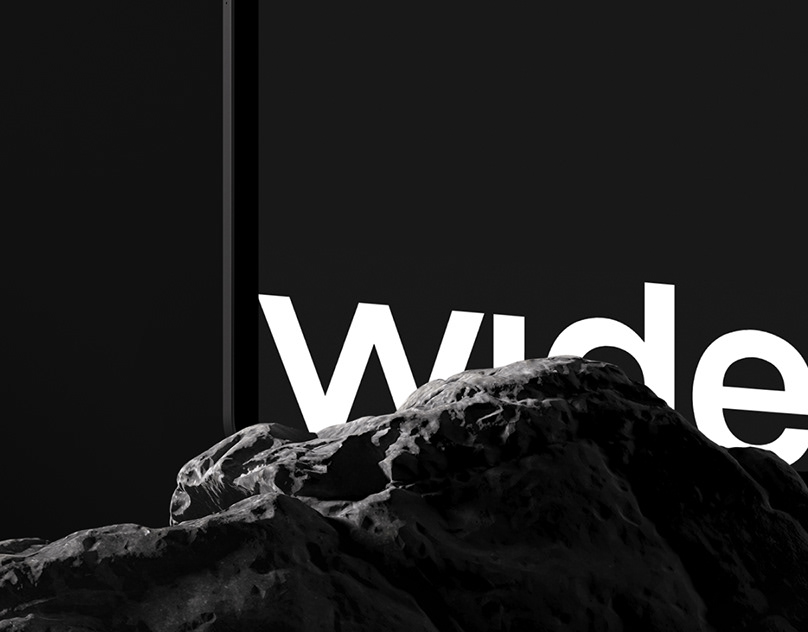Anthropocene: (adj). -
The current geological age, viewed as the epoch during which human activity has been the dominant influence on the environment and climate.
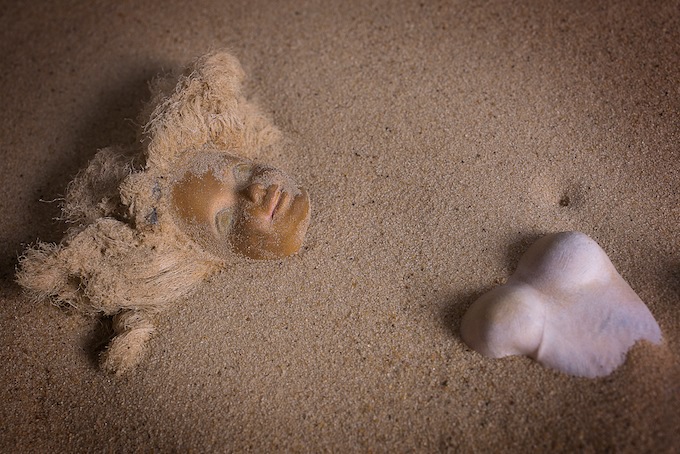
This project presents a speculative future collection of the archaeological artefacts of the Anthropocene. Through the distant gaze of a post-global culture living in a low-energy world, users are invited to consider an outside view of what it means to be living at the peak of cheap energy. Through the 'unearthed' artefacts of our era alongside the fictional future collector's illustrated journal and models of their interpretations, users can piece together how currently ubiquitous objects and information could become obsolete or distorted over time, and are invited to share their own stories about the possible interpretations of the remnants of our society.
Fossil fuels have allowed a global infrastructure to emerge for the first time on our planet, assisting the greatest extraction of resources ever experienced. But what if our belief in constant economic growth stops us from making the changes necessary to avoid global collapse? Could our fossil-fueled culture be just a temporary civilisation that will self-destruct under its own presuppositions, like many past empires have fallen? If most of our knowledge and technology became lost to history, how might the cultures of the future look back at the remnants of our age and interpret how it declined? What have we created that will survive?
This project opens a dialogue on the above questions using storytelling and conceptual design.
The Artefacts
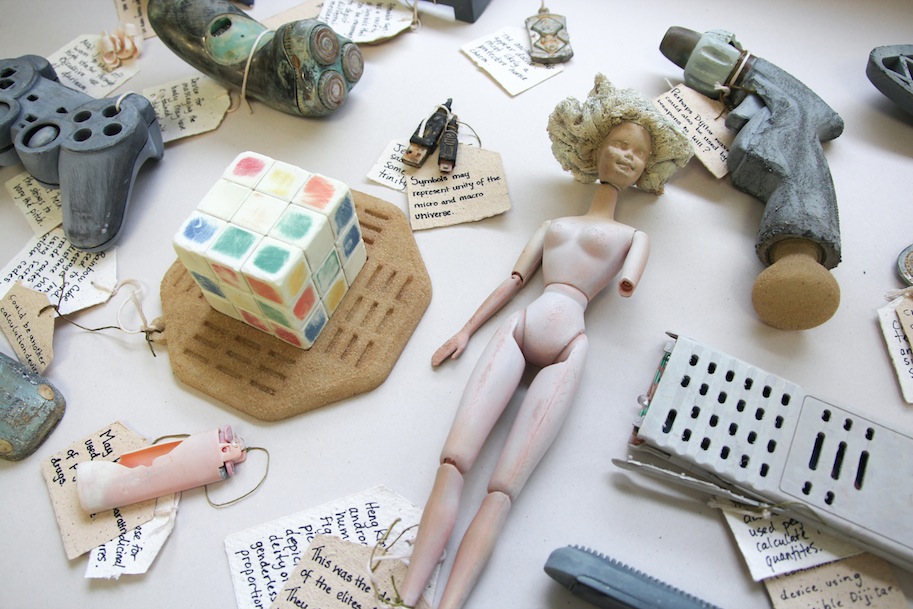
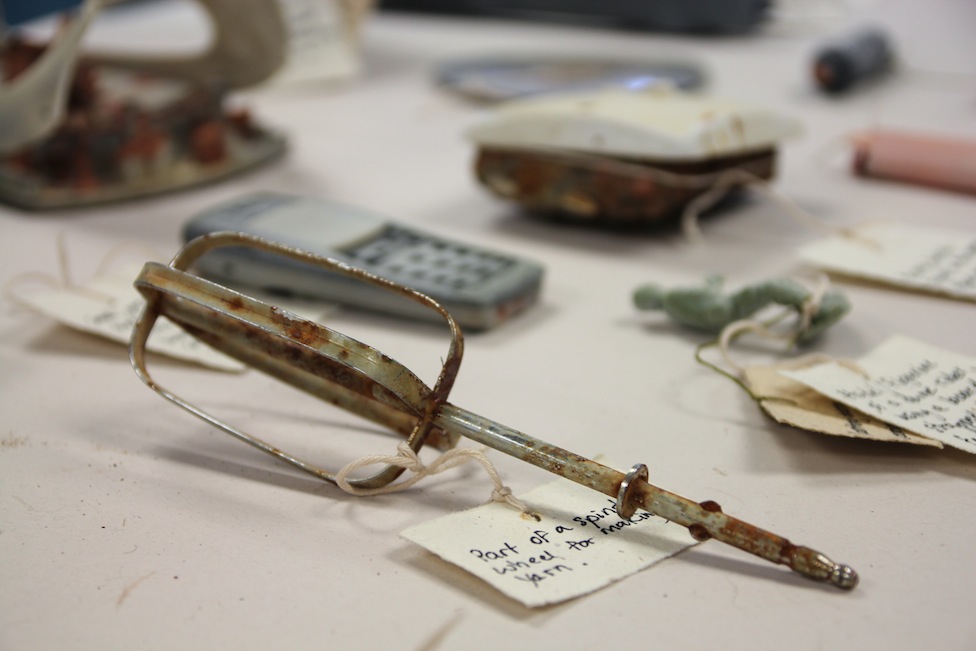
The speculative collection of ancient artefacts includes everyday items from the fossil fuel era, which have been "discovered" by people in approximately one thousand years from now. Their appearance is based on research into what materials could possibly last this long in the right conditions and how they might degrade in that time.
Each is tagged by the future collector with brief descriptions on what they believe was the past usage or symbolic meaning of each item. Some have multiple descriptions, added by others in this future who are interested in the past and come together to share their ideas about it while exploring each others' collections.
The interpretations of these relics of our time reflect the fact that this future culture has nothing more than bits of distorted legends to work with. Whatever has caused the global civilisation to end took with it the infrastructure needed to sustain digital communication and data storage, leaving a blank period in history. Their guesses at the use of our objects are based mostly on examining what's left.
A few examples of artefacts..
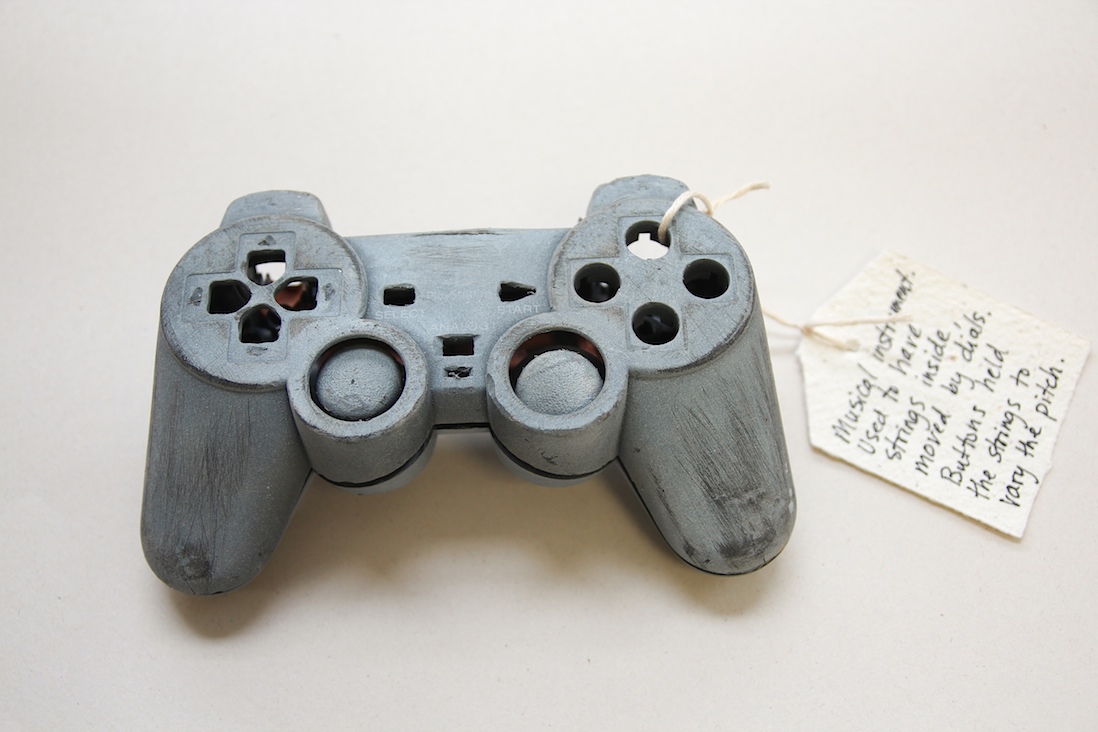
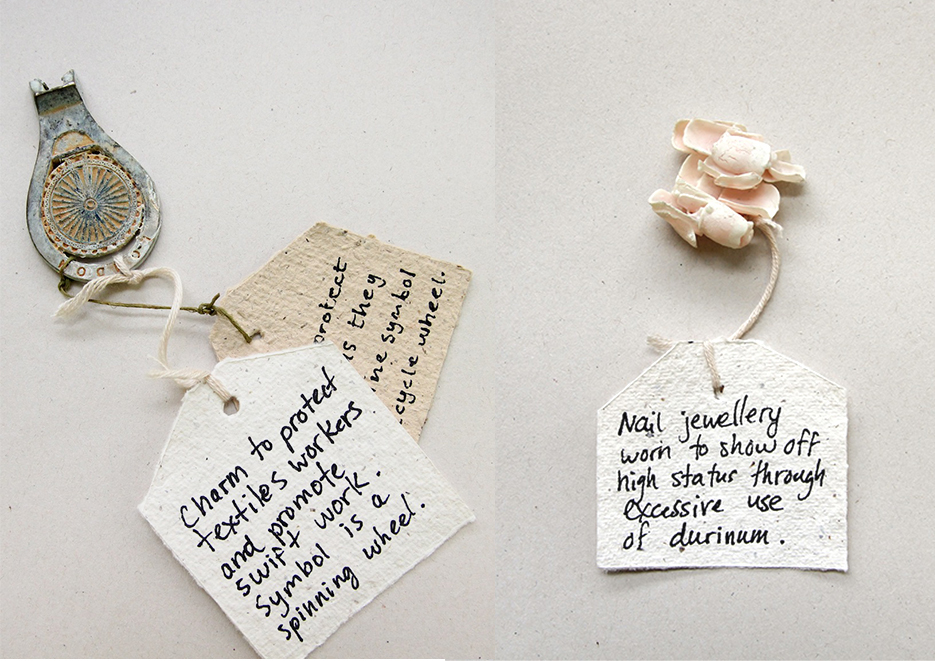
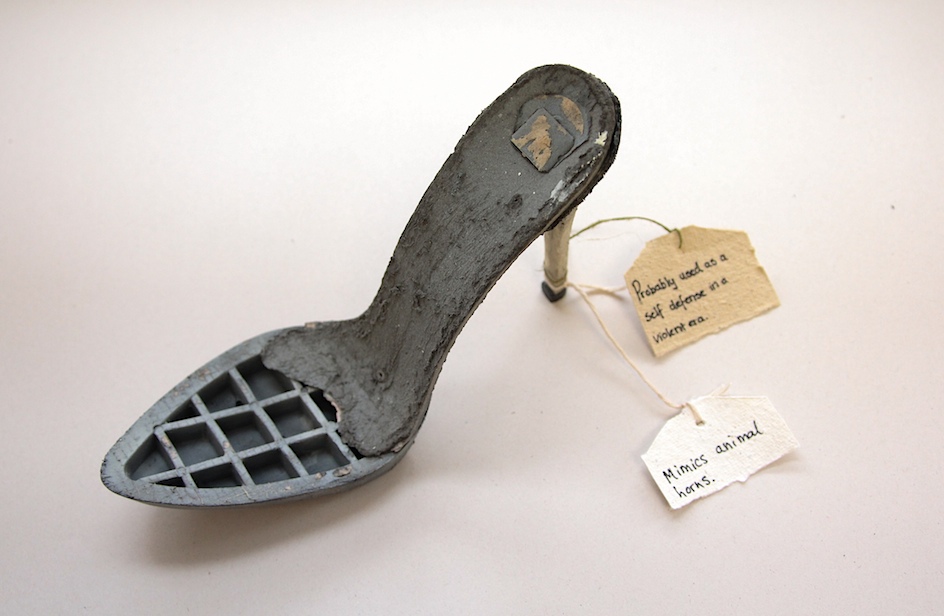
The Collector's Journal
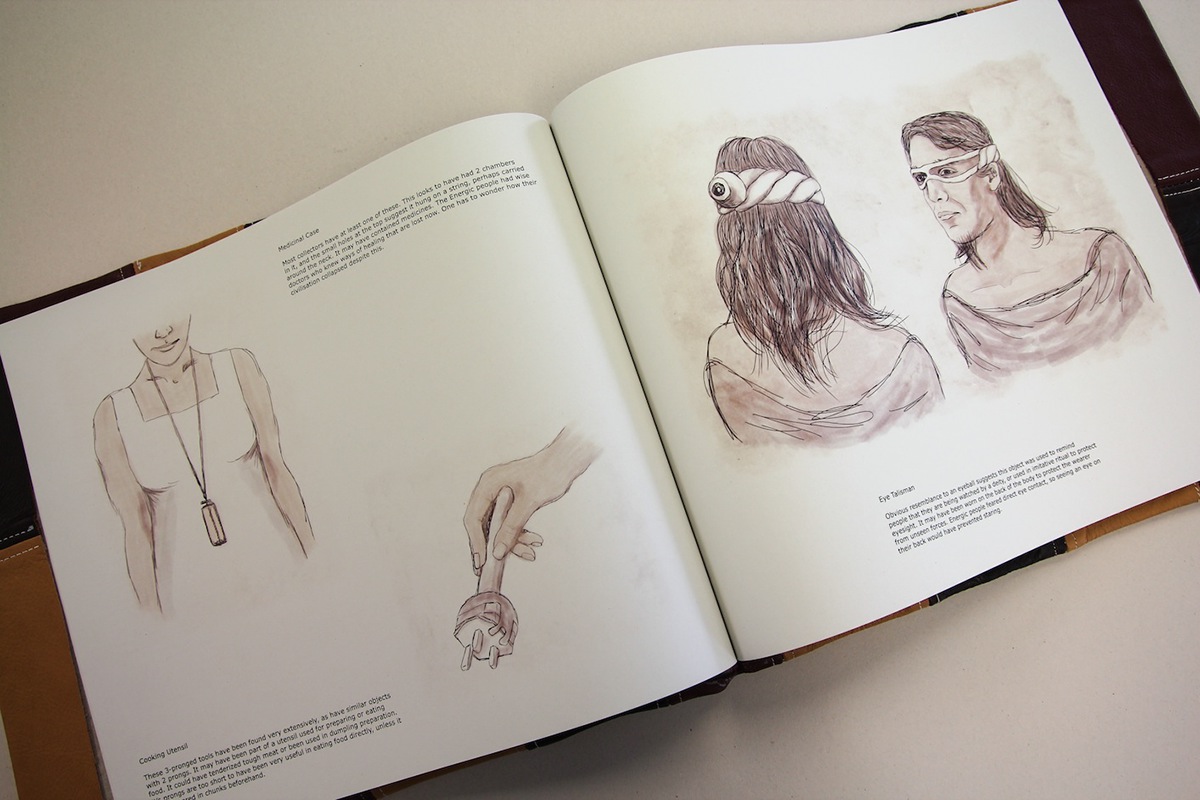
The journal contains descriptions of the artefacts, the types of places they have been discovered, and what little is known about our era from legends and other finds. It includes hand drawn illustrations by the fictional collector, depicting maps of the habited future world, its trade routes and sites of ruins and other discoveries, as well as illustrations of how some of the objects may have been used. It speculates on certain aspects of the past culture that are puzzling to people of the future, shedding light on how the future world differs from ours, such as wondering what plastic is and how it was made, and why the exact same object can be found thousands of miles apart.
Although there are no details about what exactly happened to the global society that we now live in, the descriptions within the journal hint at the future - there are no fossil fuels and hence no plastic, and much historical knowledge has been lost (due to computers and other digital items becoming obsolete with the loss of the materials and infrastructure necessary to continue them.) The majority of the population now live closer to the poles and there are areas uninhabitable that are currently populated (based on research into the future repurcussions of climate change).
Some examples of illustrations from the journal..
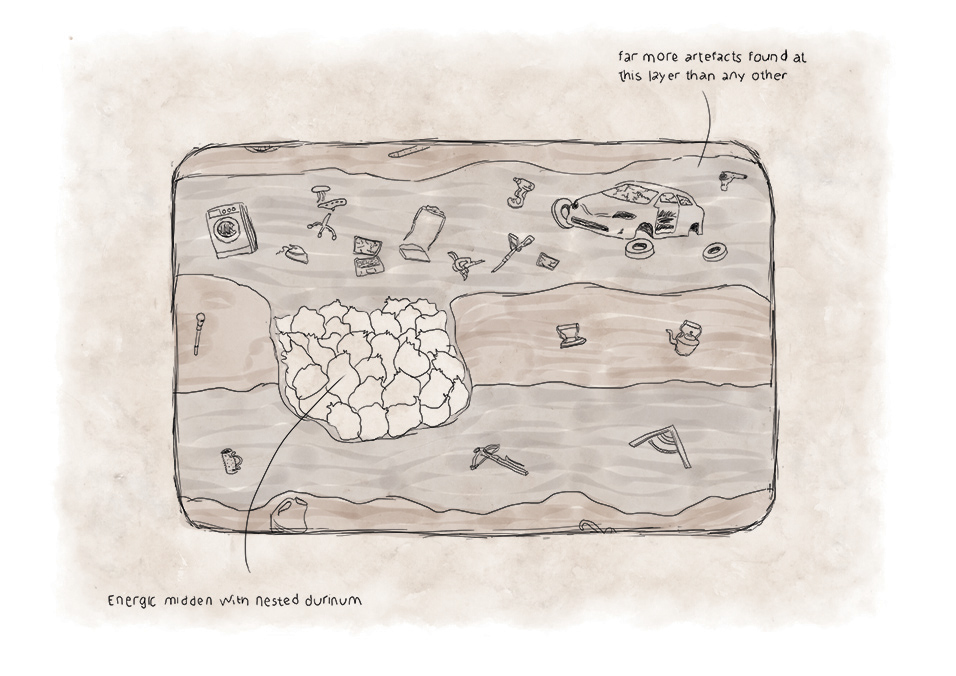
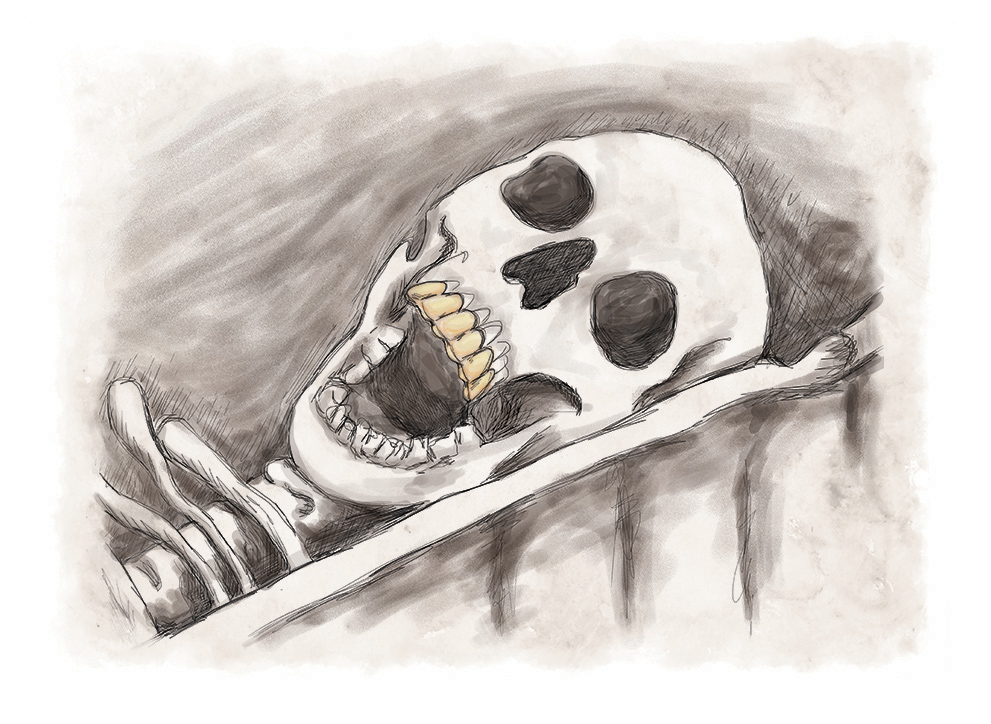
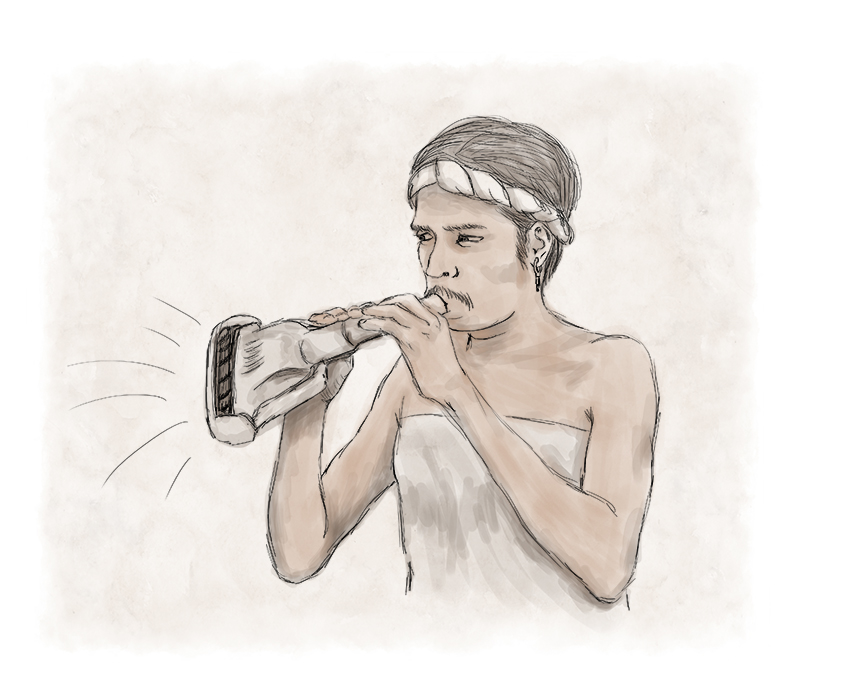
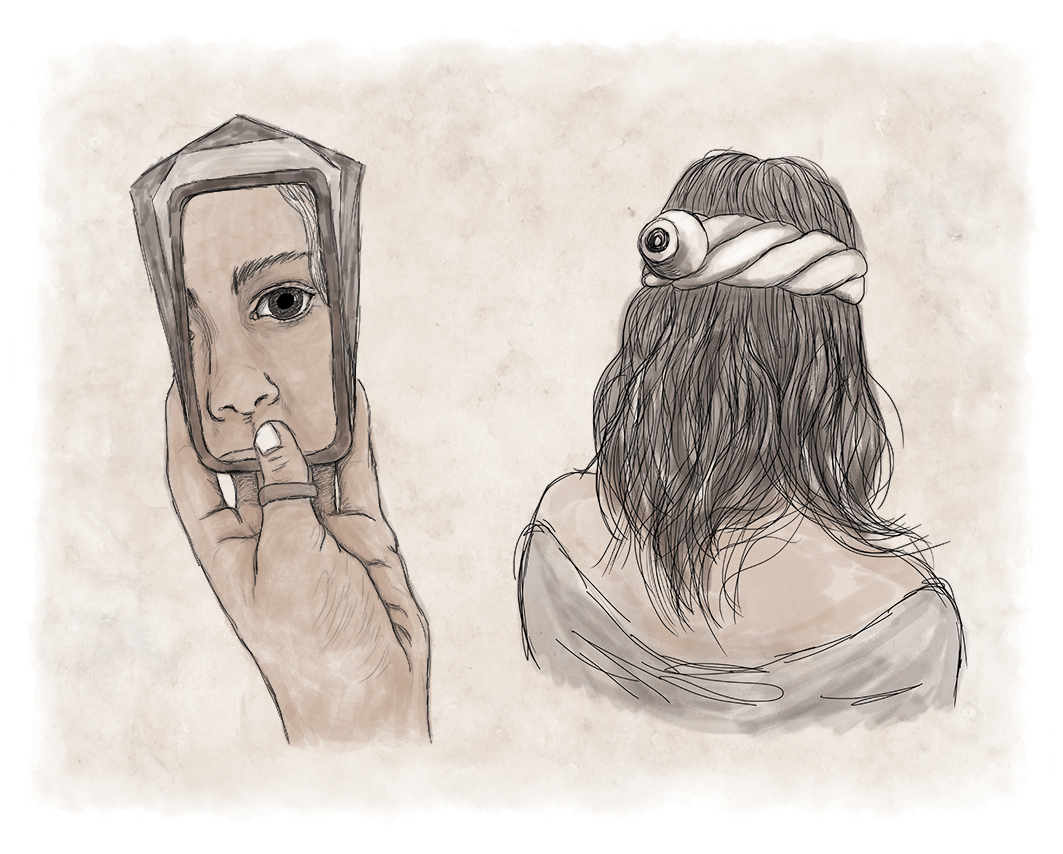
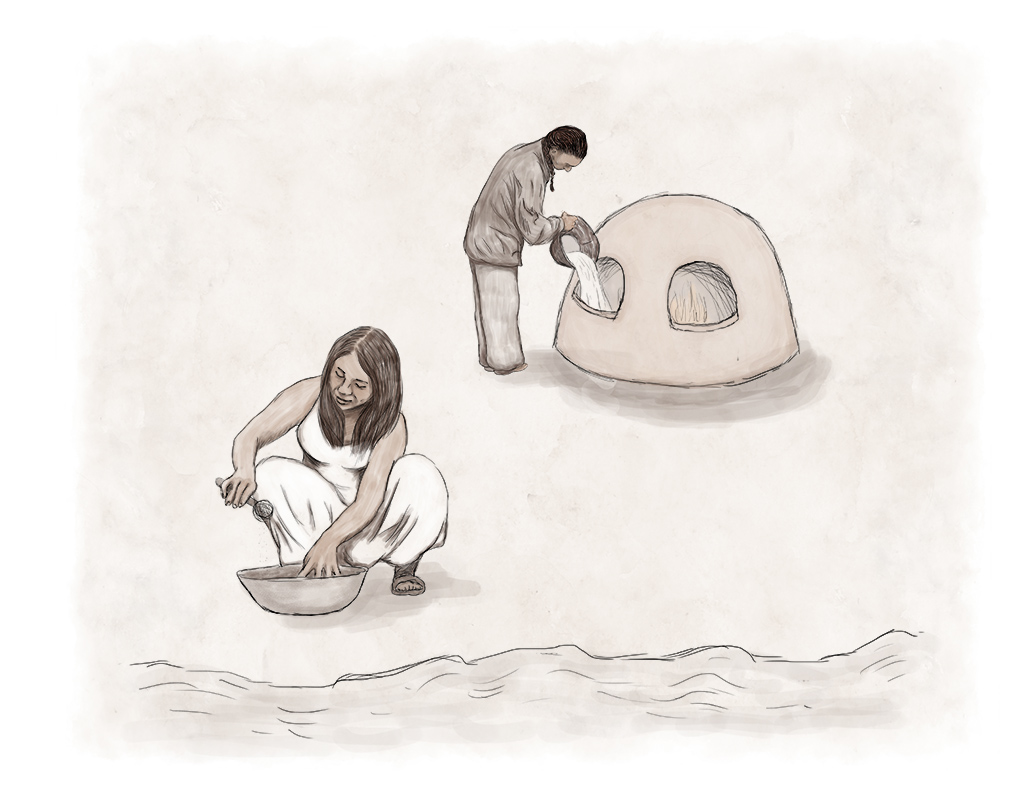
Polar-Centric Maps
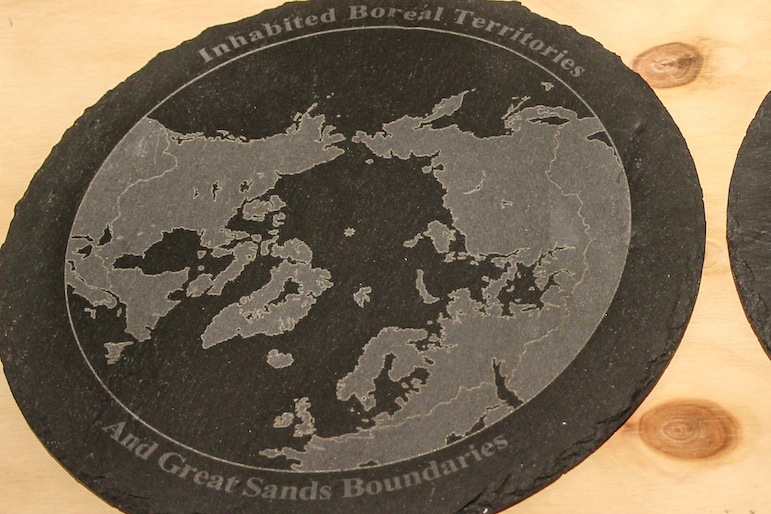
The project was heavily influenced by research into how the converging crises of our era could affect the future. This fictional future world has been affected by the maximum temperature rise that could still sustain human life on the planet.
In this scenario, human populations would gradually move further and further toward the poles, as areas that can't currently produce food would become capable of agriculture and others that are now abundant would become too hot for survival, creating an inhospitable band around the tropics. There would be larger areas of desert around this region, in which the vast amounts of goods produced in our time could possibly be preserved by the dry environment if they became buried.
I designed "world" maps of the future, based on this new shift in population and changes in sea levels, and engraved them onto slate, to serve as a quick visual introduction to the new world that is looking back at us.
The Collector's Models

The collector of the future has puzzled over what these mysterious artefacts may have been used for in the past. They have not only made descriptions and illustrations in their journal about their speculations on the use and meaning of these objects, but have also made models to test out their ideas and share them with others who are interested in our era.
The mystery of plastic, renamed "durinum" by the future inhabitants to enhance the fact that the true nature of it has been lost, has lead to attempts to recreate it, as described in the journal. In a thousand years, if plastic production were to end within the next hundred years, all the tonnes of plastic in the oceans would eventually be worn down into small particles (though it would still be plastic as there are no micro-organisms that can biodegrade it.) These future people may discover that when they create fires on ocean beaches, the sand sticks together because much of it is plastic mixed in with true sand. They would have no reason to believe it wasn't natural, and might speculate it came from the ocean, as this phenomenon would not happen in the desert.
The models of the future collector would be made from a material created in an attempt by the collector to make plastic/durinum with beach sand.
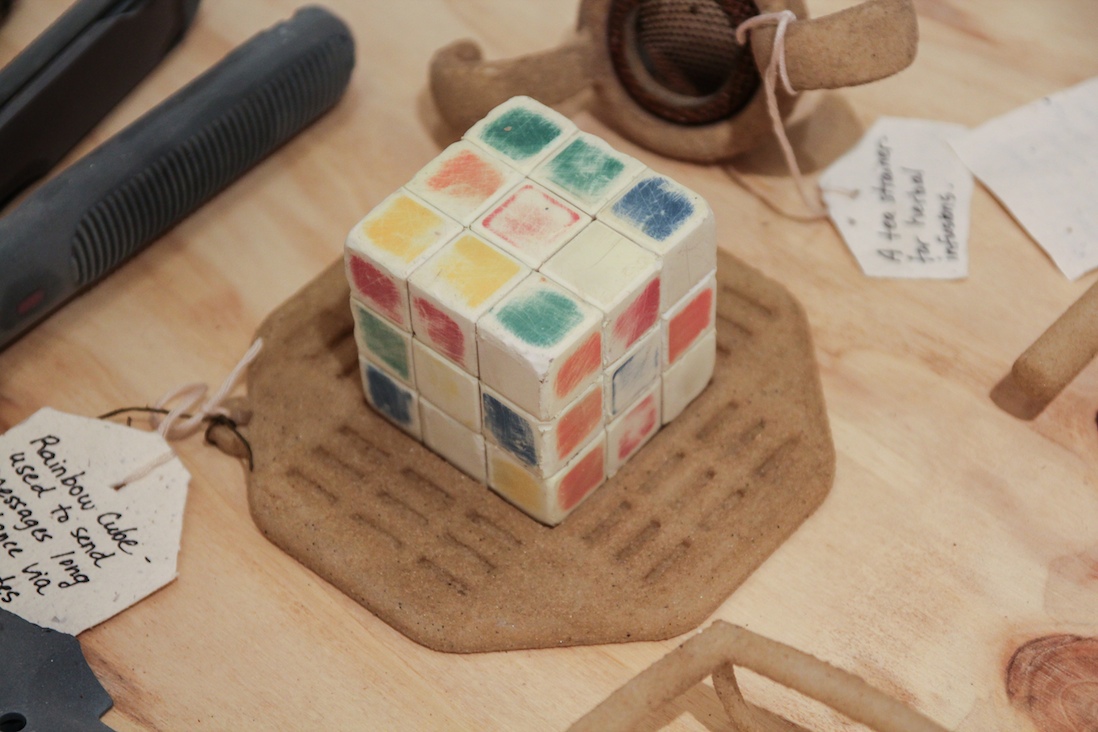
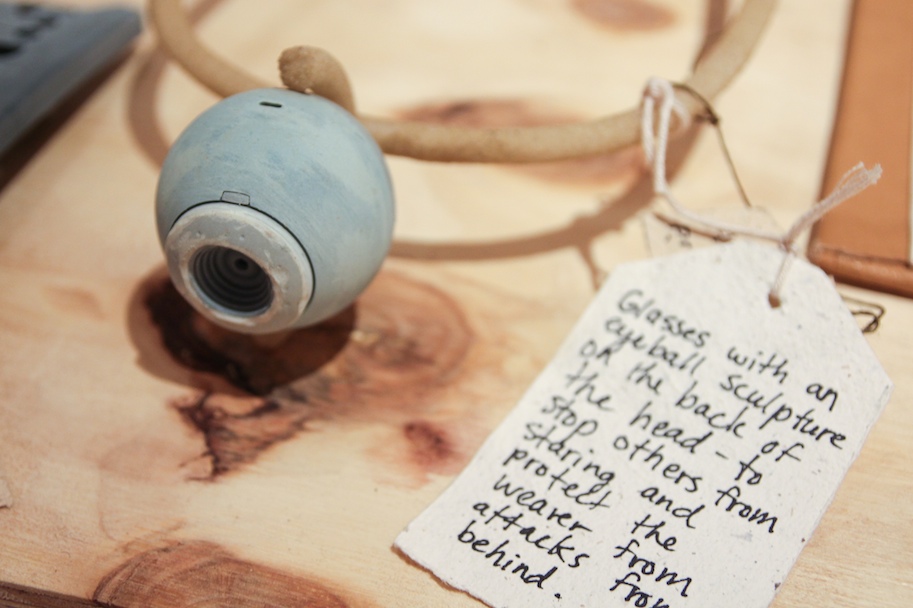
Exhibition - MATTER - Truman Brewery
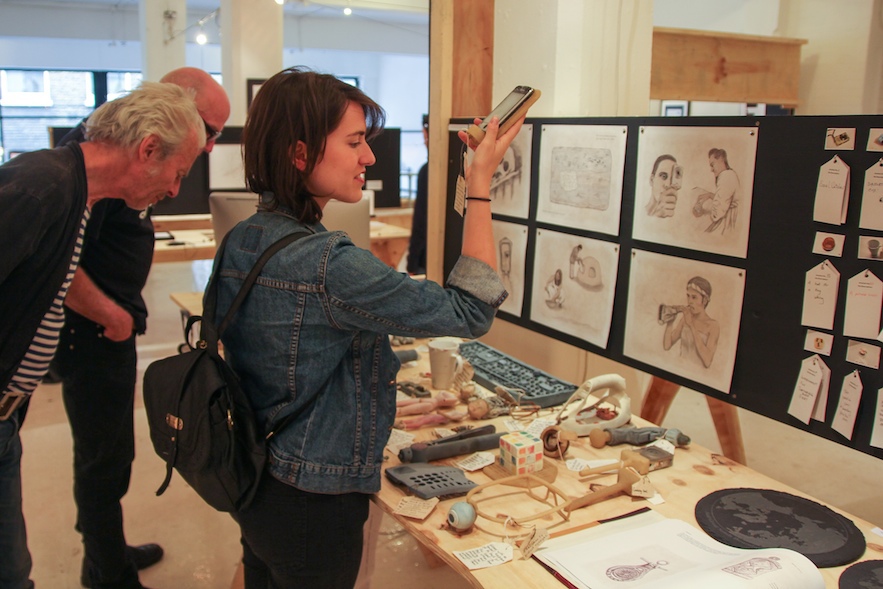
Discovering the Anthropocene was exhibited at "Matter" show at the Truman brewery in May/June 2014.
As well as displaying the collection of artefacts and models, the journal, and illustrations from the journal, my project exhibit also contained an interactive element to enhance the storytelling of the project. Visitors were invited to pick an object and add their own speculations, imagining they were people of the future with no knowledge of our culture. If you were to find one of these artefacts, what might you think was its use or symbolic value, if all you had to work with was the object itself?
This mental exercise is fun but also opens a dialogue around our material possessions, forcing us to question what we take for granted about their meaning and their future.
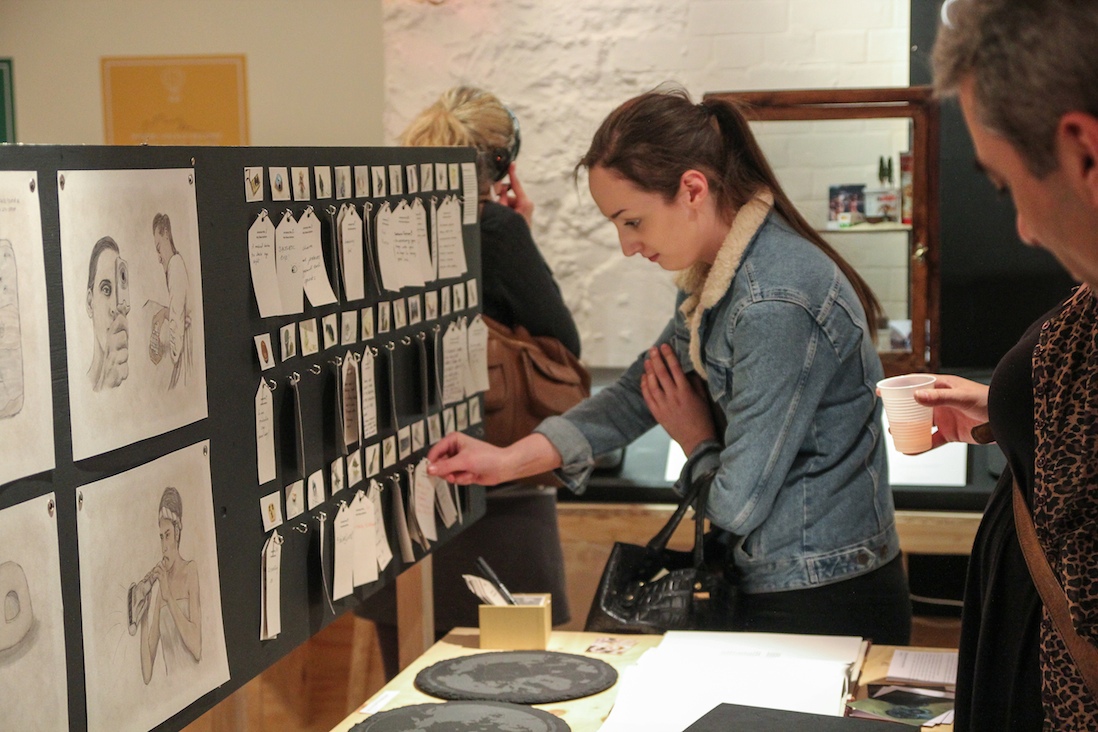
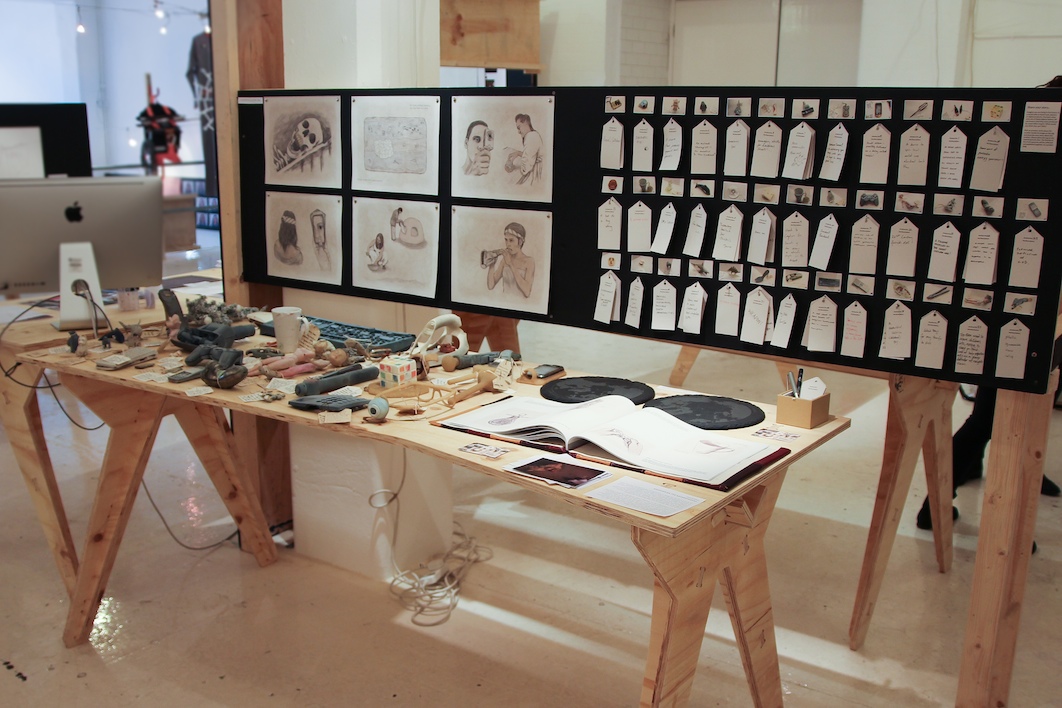
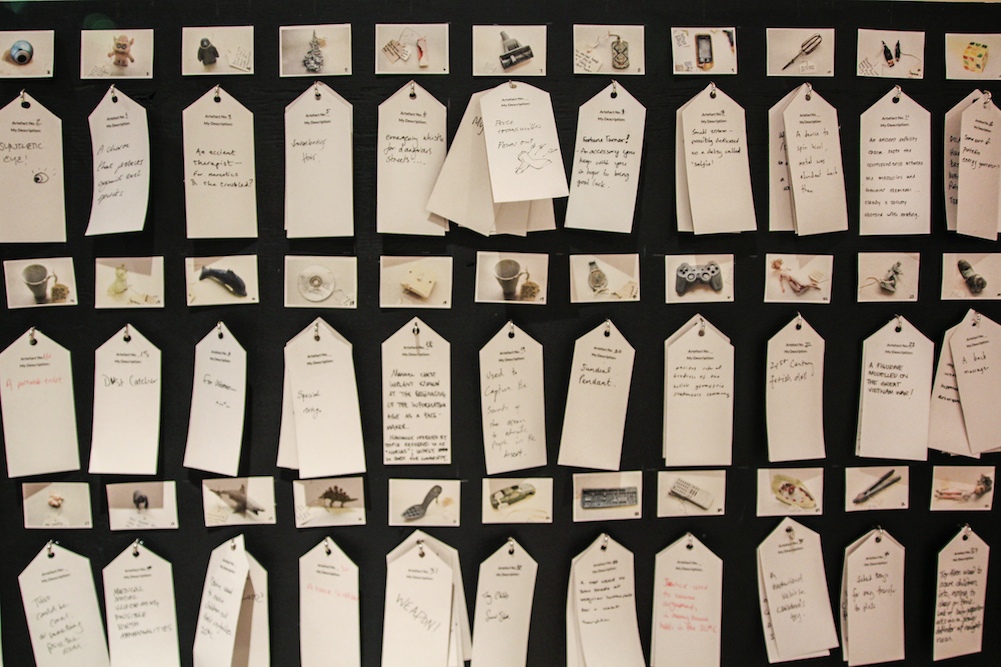

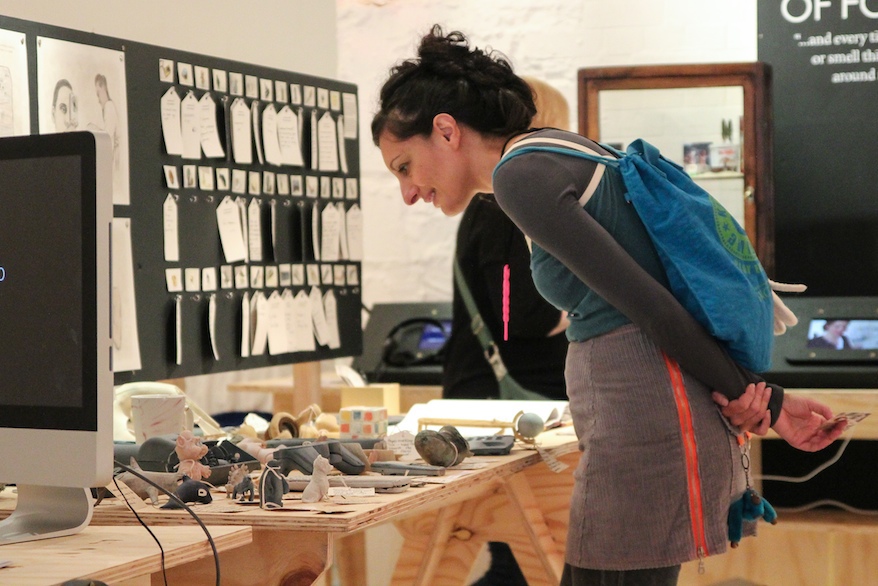
Development
Discovering the Anthropocene started out with intensive primary and secondary research into ancient and recent collapses of civilisations, climate change, peak oil/resource usage, and the longevity of materials and information. Though it takes as its starting point these serious topics, it is meant to use storytelling in a playful, lighthearted and sometimes humorous way to create discussion around concerns relating to the above issues without preaching or guilt. There is no indication of whether or not the future world is better or worse than ours, or what happened in between. Through seeing our everyday objects through the eyes of an alternative future, the user can reflect on the possibilities ahead of us and their role in shaping them.
More details about the process and development of the project to come - check back soon.



